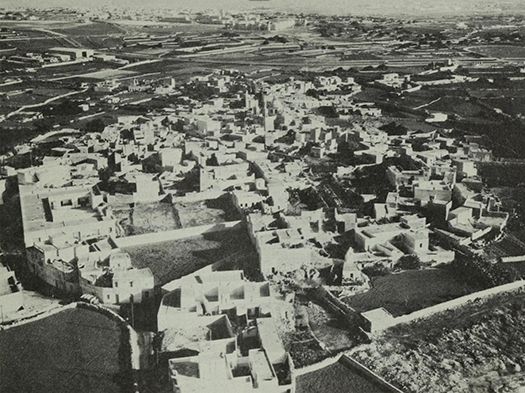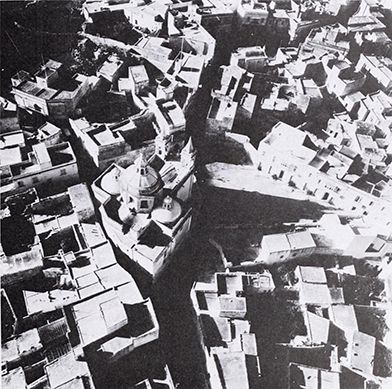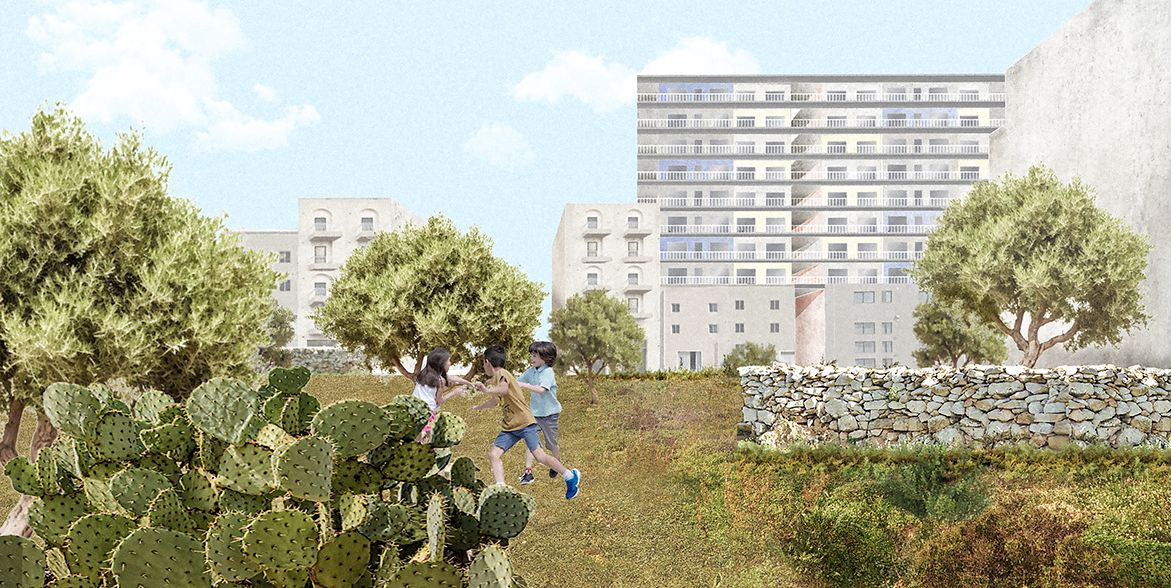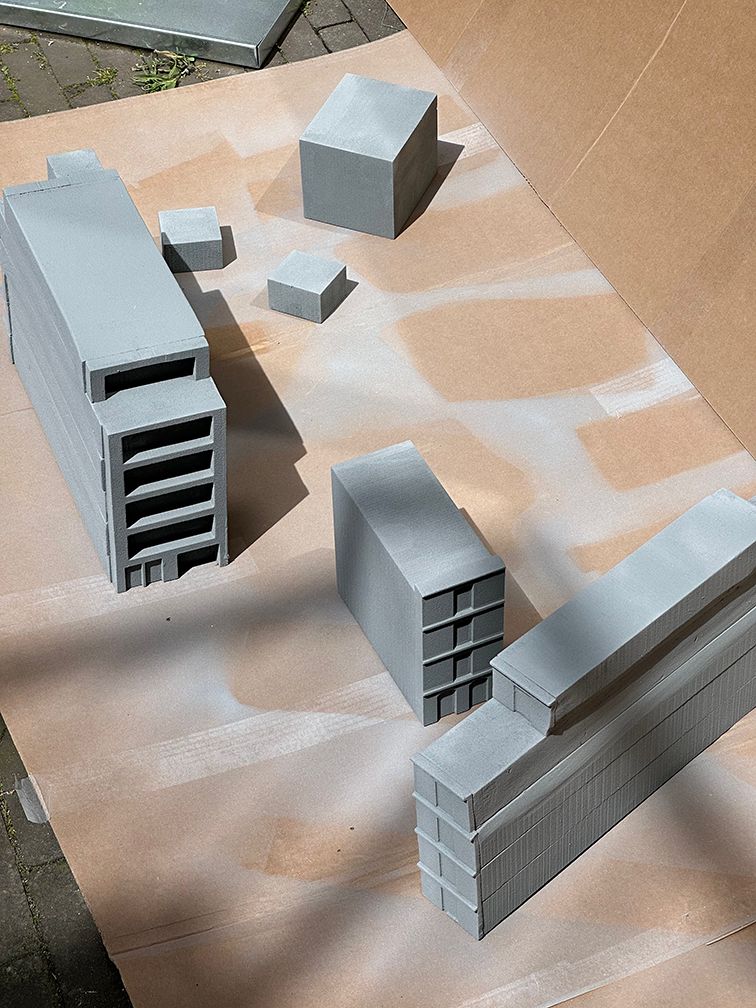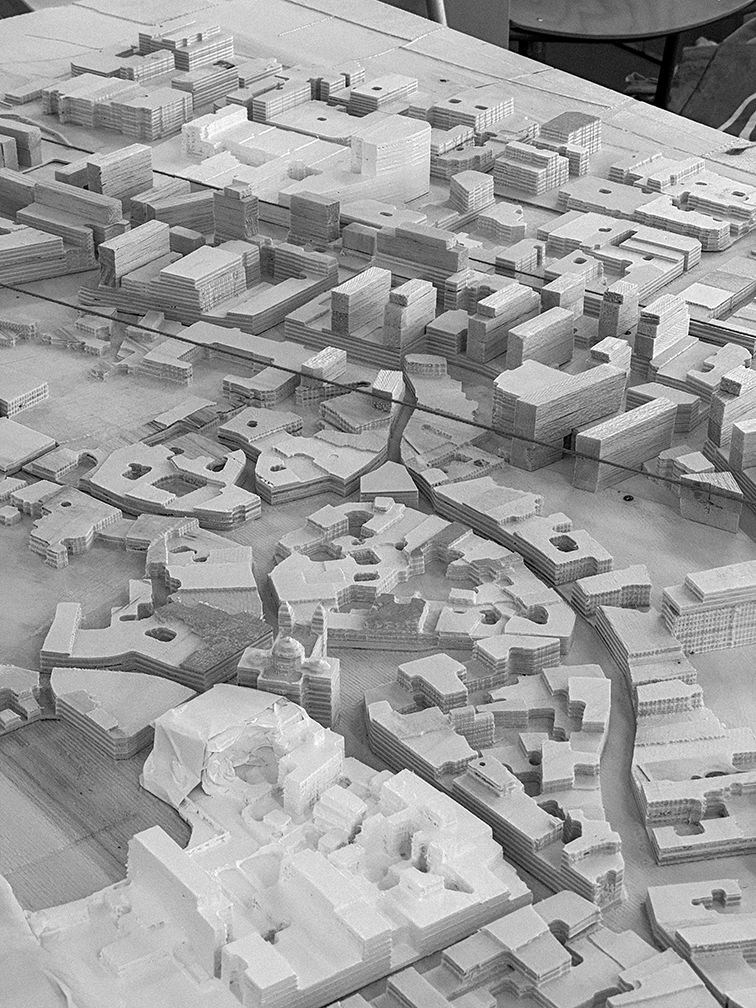
Mirco Azzopardi
Read Thesis
All fifty-four villages in Malta are characterised in a similar pattern. The origin of each is centred around a prominent Church, with small housing blocks increasing in size towards the periphery. The village I have chosen to focus on, Ħal-Kirkop, is no different.
However, Ħal-Kirkop’s smaller 1.1 km2 footprint echoes the more substantial qualities of a more affluent architectural past. Walking through its narrow, meandering paths that make up the core, one appreciates its smaller scale, rich houses, even in the blistering summer sun. The village core thus arose from simple functional and climatic responses, reminiscent of earlier development ambitions.
The peeling of pastel-coloured pigment from the washed limestone walls is an ode to a slower Mediterranean life that once was. Weathered wooden apertures and sunshades cover the rest of the facades, with limestone planters marking the entryway of each house, allowing for interior life to pour out into the footpaths. Occasionally, the culture of leaving your front door open can still be found here.
As I reflect on Ħal-Kirkop, my memory is flooded with harmonious scenes. However, such tranquillity is immediately disturbed as I walk outside the core. Here, I witness the selfish rape of a village I have come to romanticise.
‘The Rape of a Village’, expressed by Richard Rodgers’ publication title in the prestigious Architectural Review in the 1960s, cautioned on Malta beginning to adopt a laissez- faire attitude, and how any intervention on this built fabric will have catastrophic effects on this fragile ecology.
Given the complex pressures the Maltese village faces today, I question how coexistence can be achieved. A coexistence of a past image and future scene, a society of the past with a now changed demographic today and an older Maltese culture with the many cultures presently dwelling in Ħal-Kirkop.
